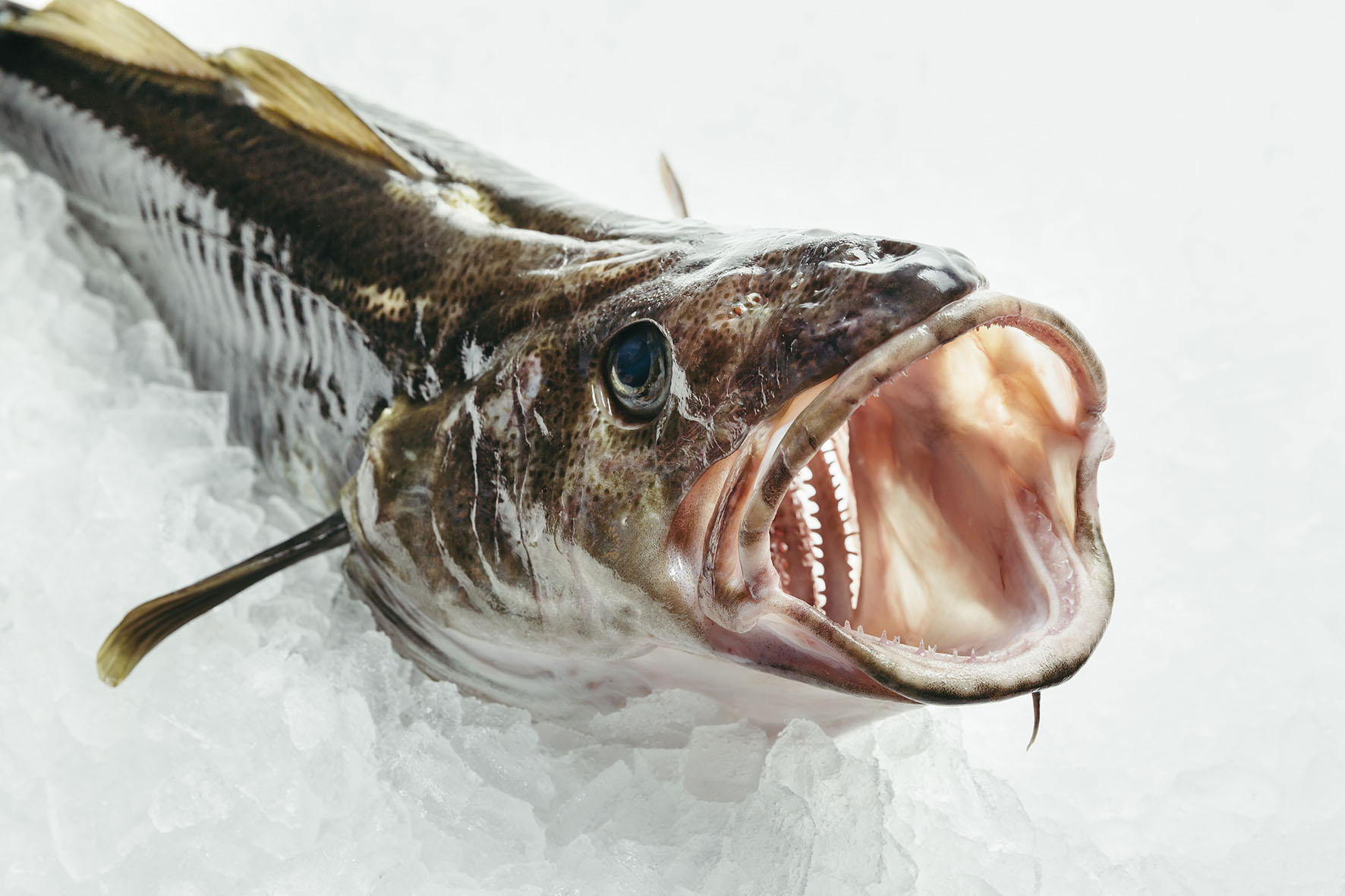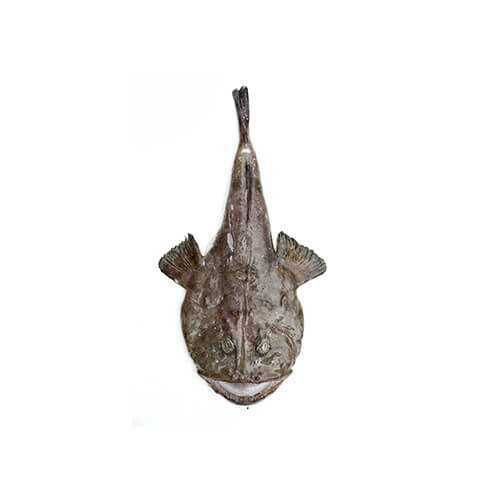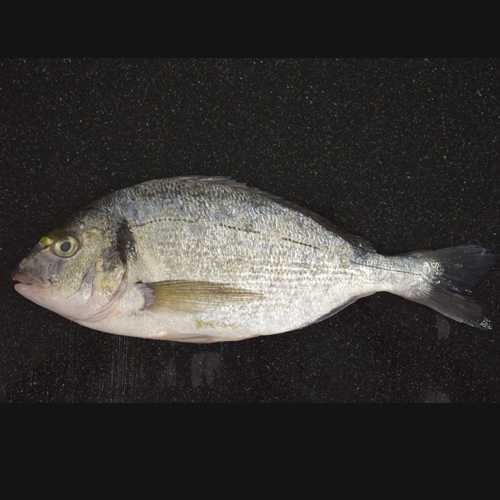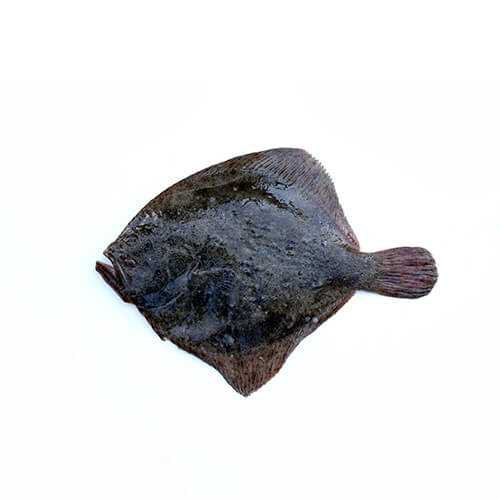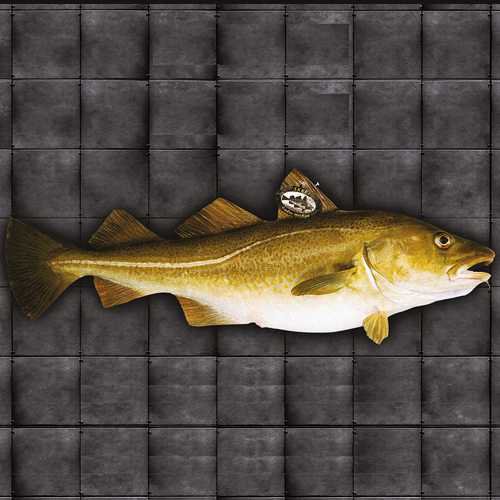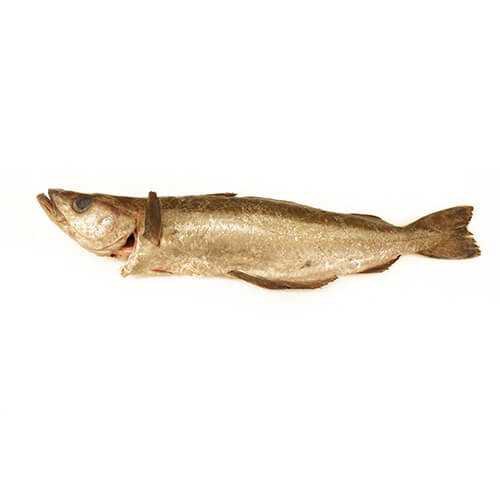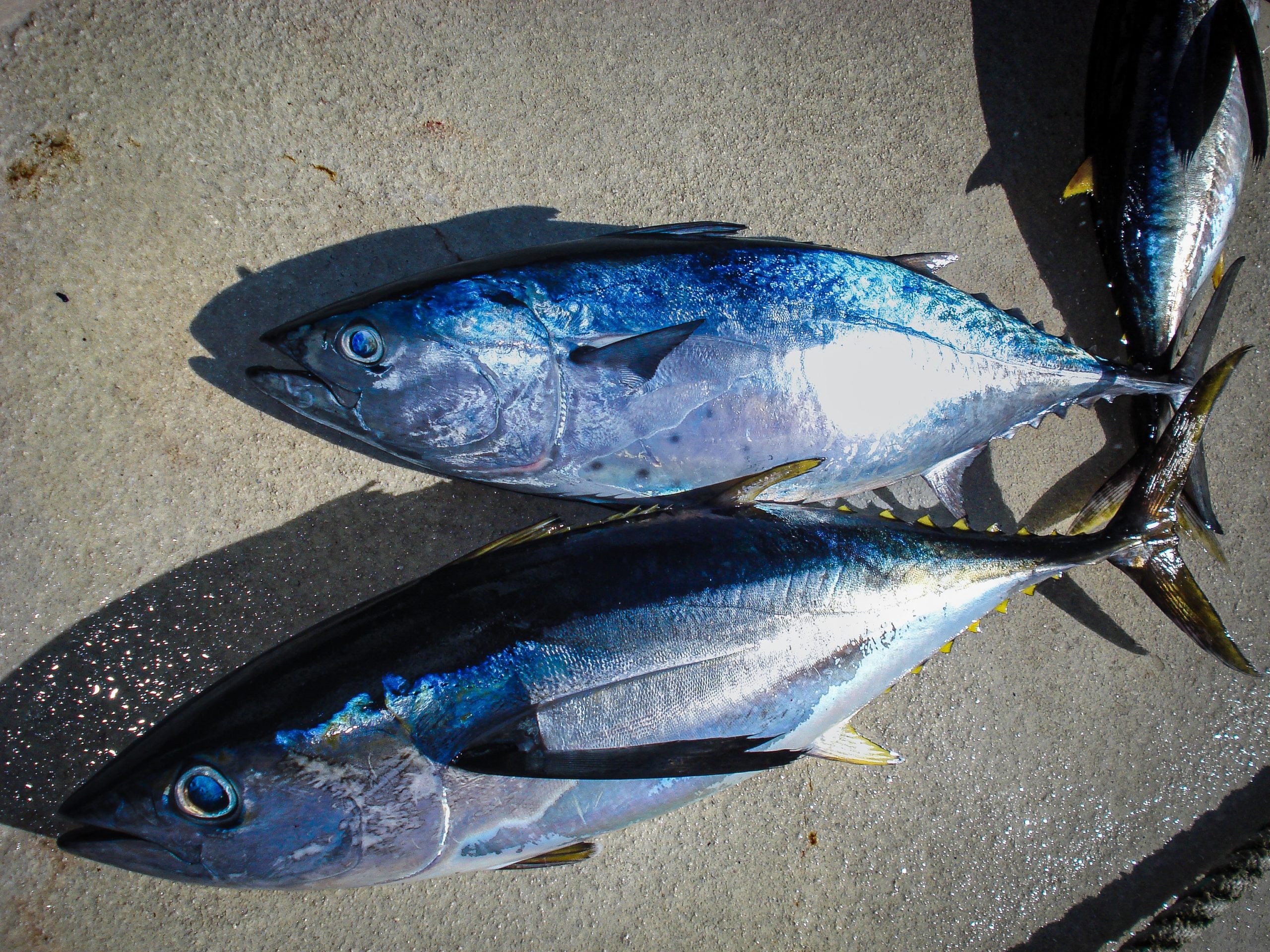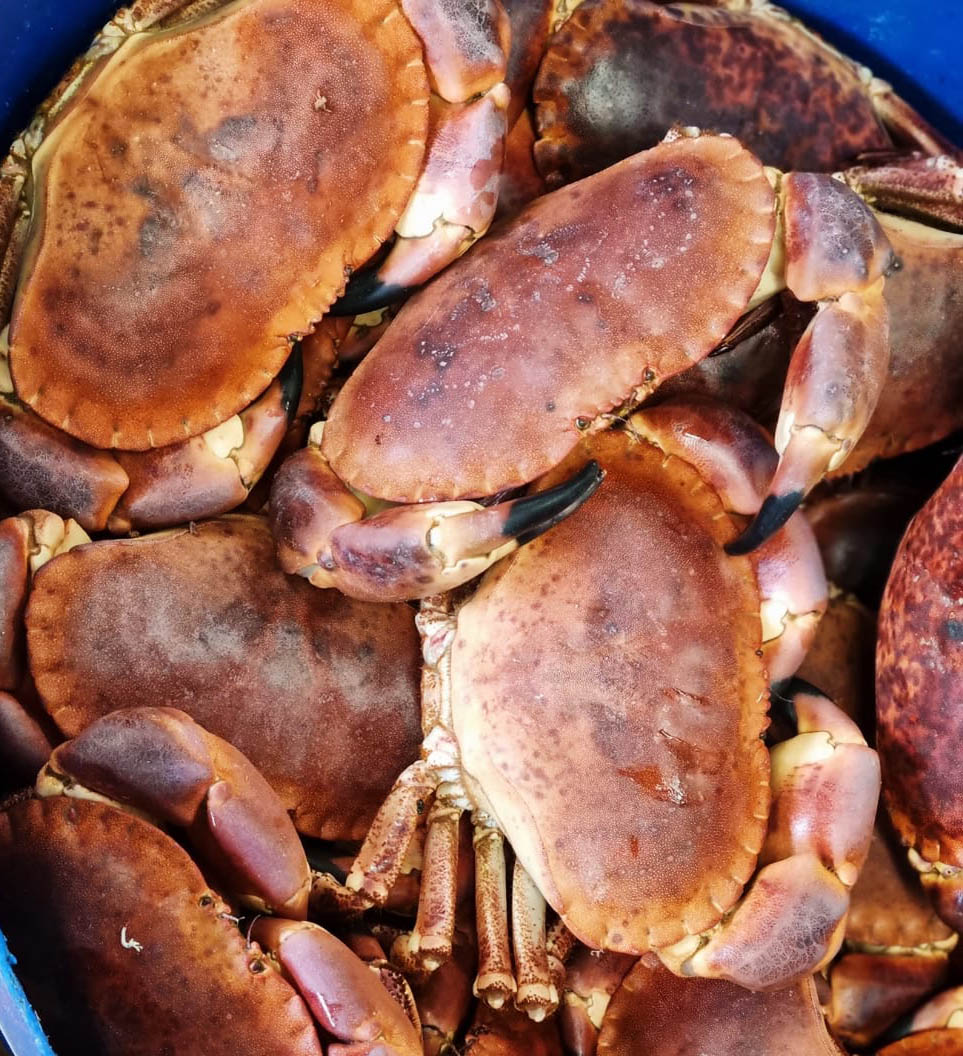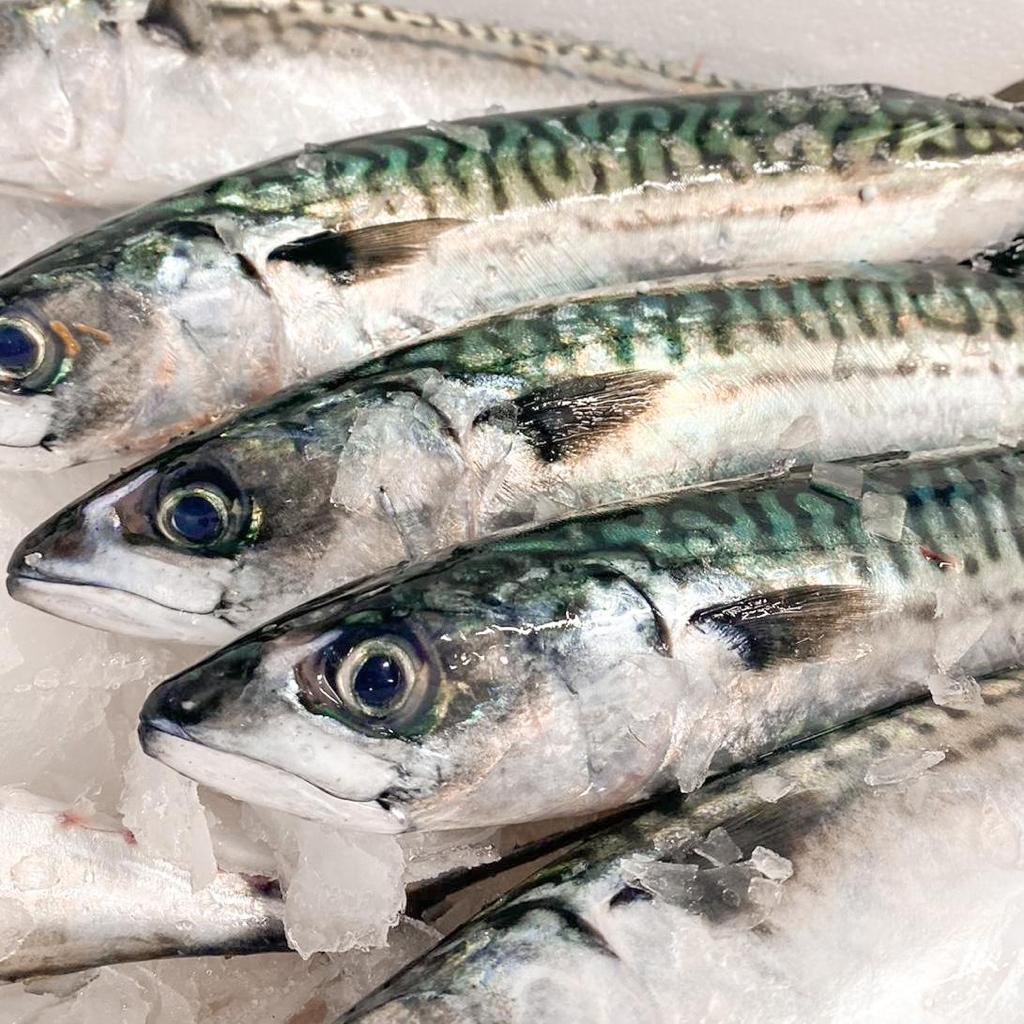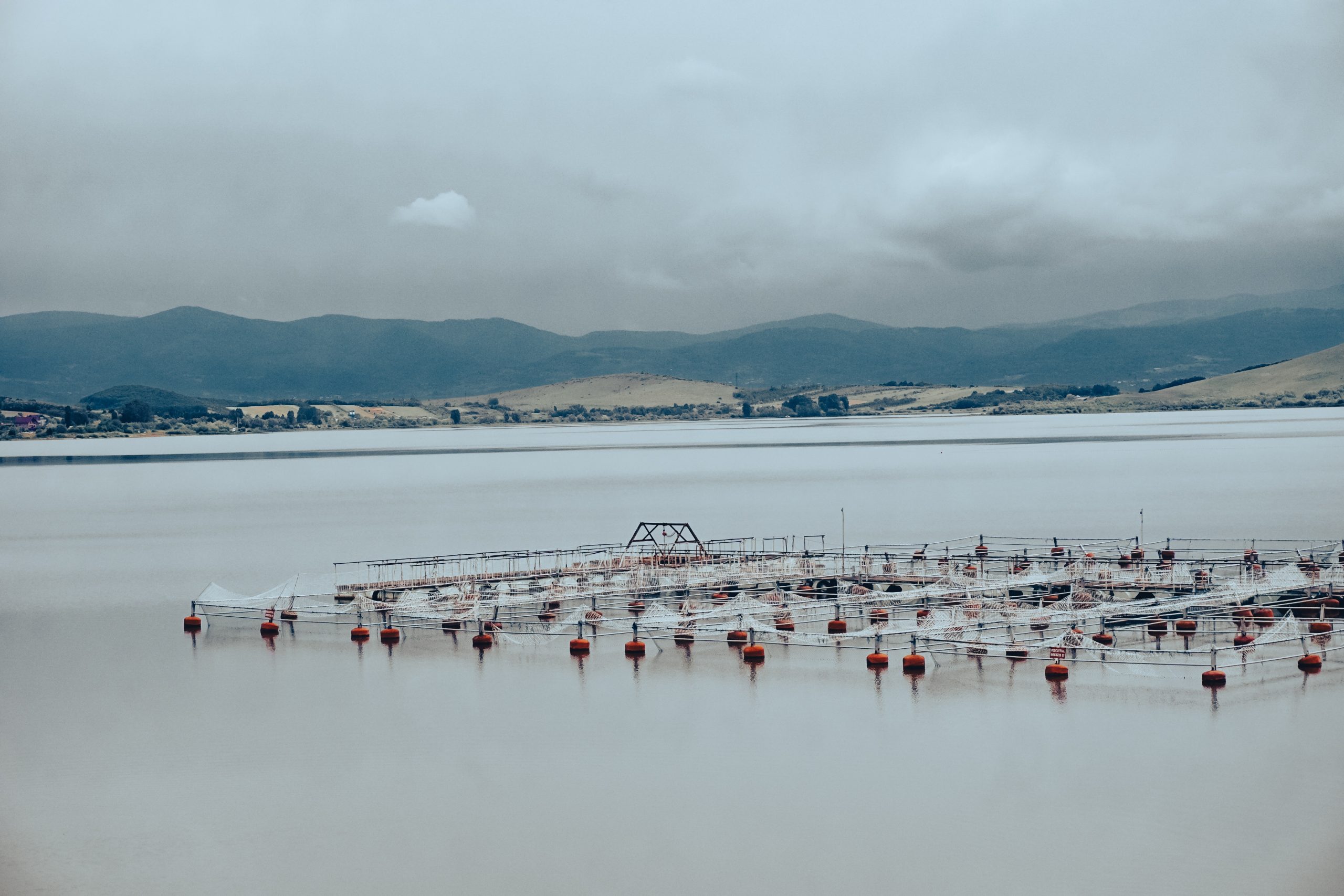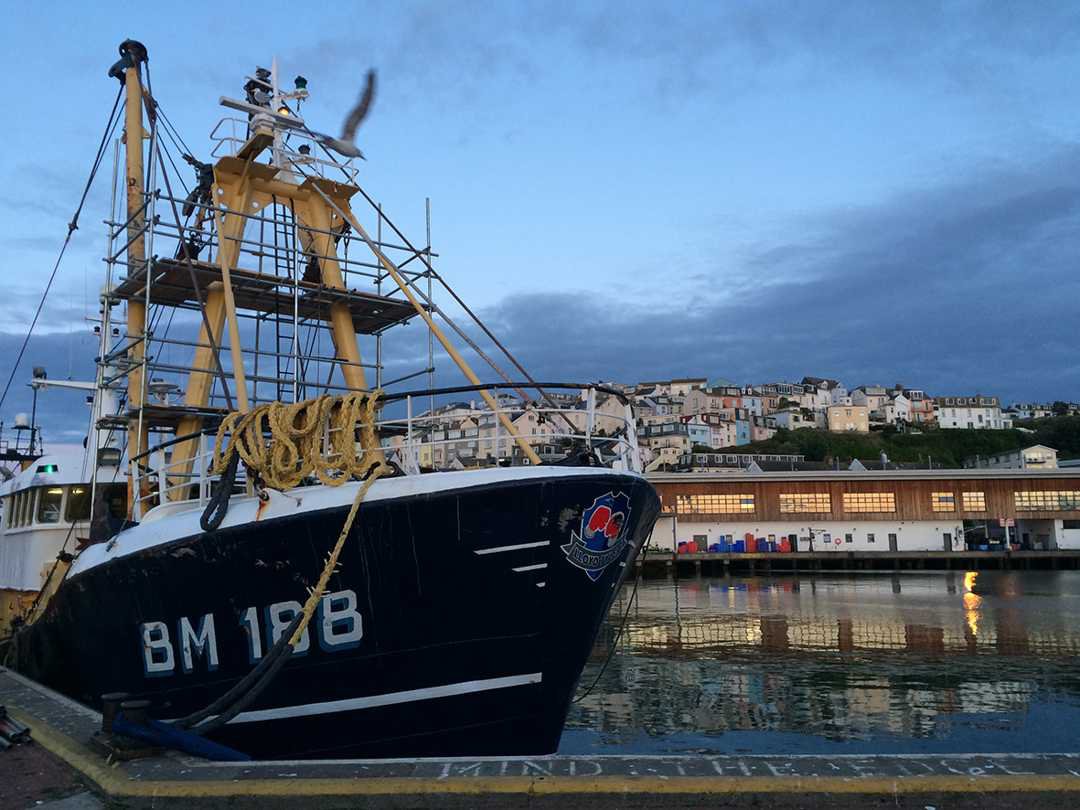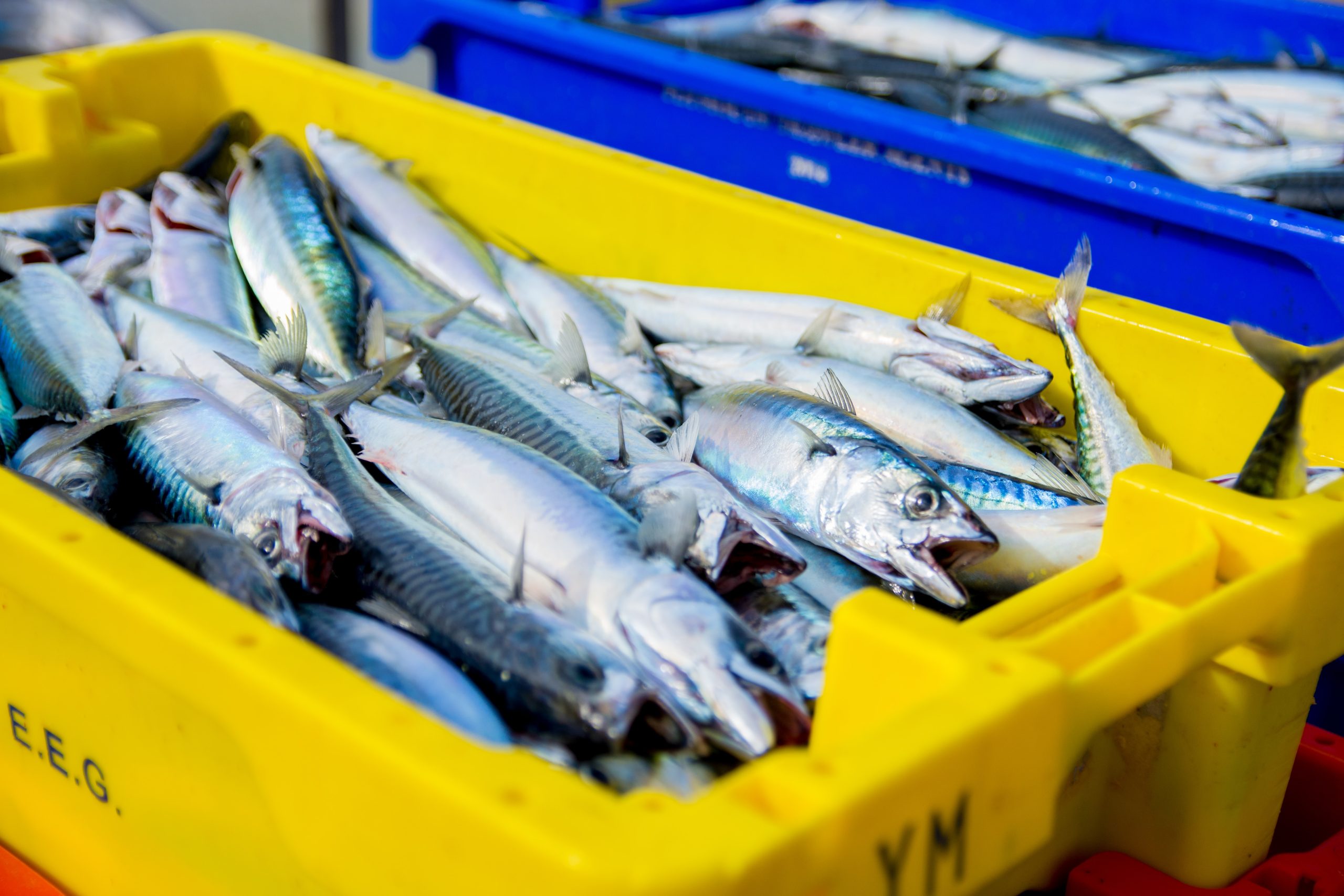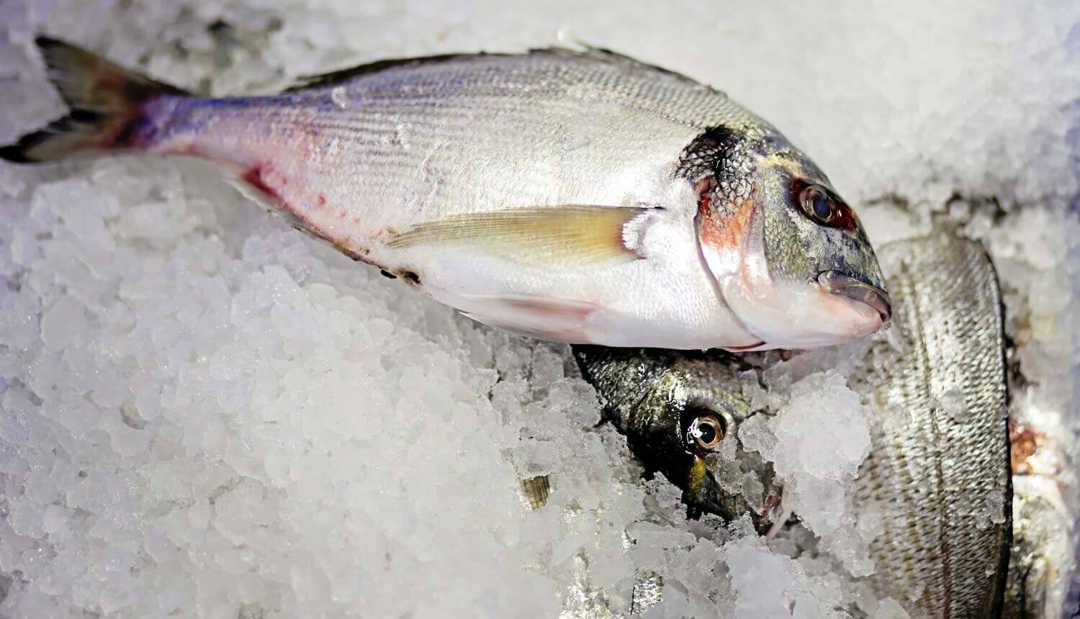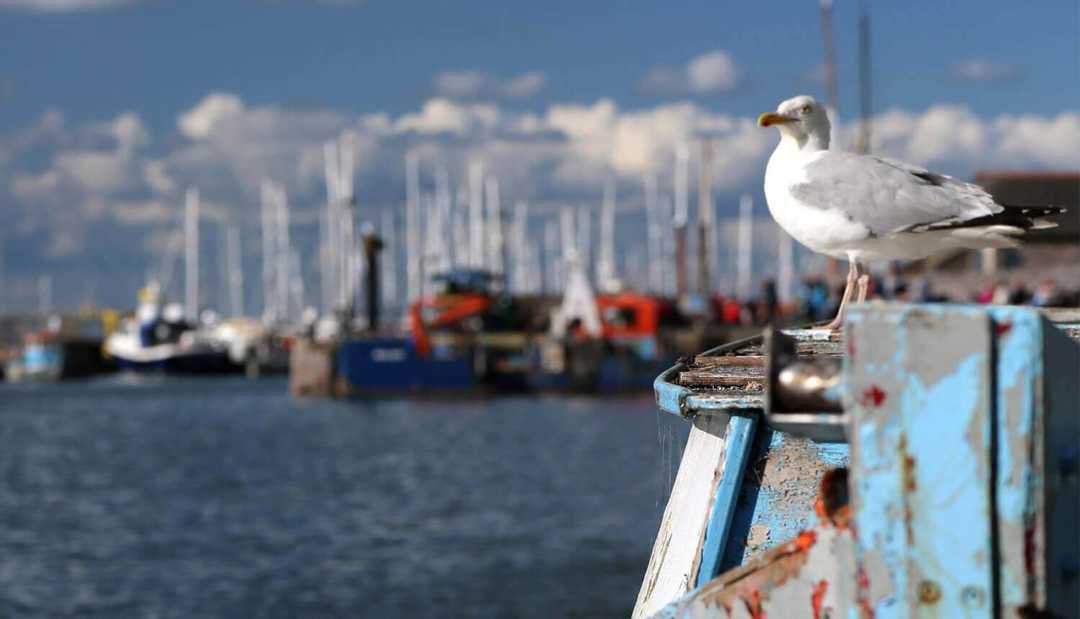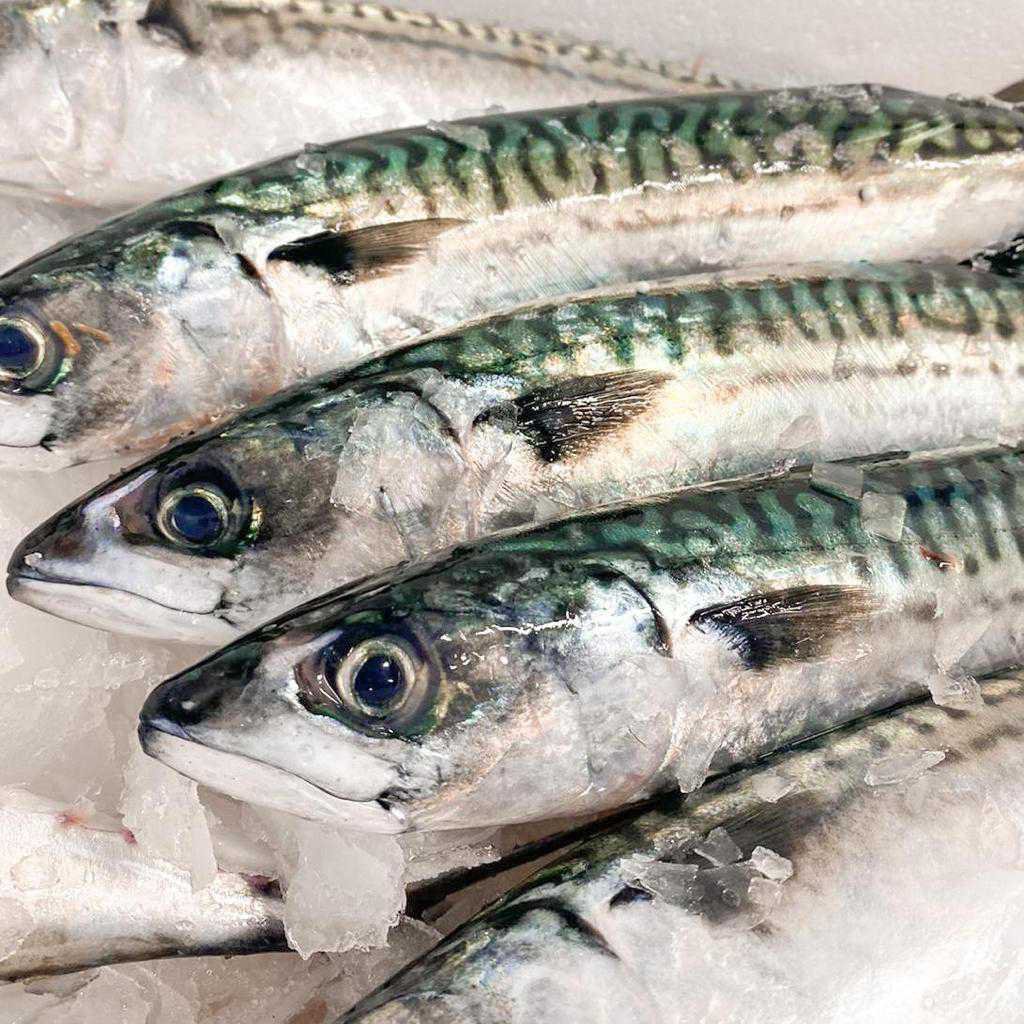Welcome to the spring 2023 newsletter, which aims to cover the March to May period for the supply of fresh and frozen fish and seafood.
The spring season is warmly welcomed by most of us. As the evenings become lighter and the temperature warms up, we look forward to enjoying some time outside after work and sitting in pub gardens. Spring is not, however, the best time for many fish species. It is extraordinarily difficult to confidently recommend any species for use throughout the next three months as we see significant changes in quality due to spawning patterns during the season. The waters will start to warm and this can have an adverse effect on a number of species. Additionally the Easter holidays see demand, and therefore prices, increasing on some of the key lines. That being said, the difficult economic climate we are all facing is expected to supress demand to some degree. We are hopeful that this will see prices stabilise or reduce in coming months. We must, however, remain cautious, as there remains a level of volatility throughout the supply chain. This can create issues at any time.
Spring is, of course, a time of year that is liberally strewn with bank holidays and special occasions. These start on the 17th of March with St Patrick’s Day – a Friday this year – followed by Mother’s Day 2 days later on Sunday the 19th. Easter weekend is next with Good Friday on the 7th of April, Easter Sunday on the 9th, and the bank holiday Monday on the 10th. Then, in addition to our usual two bank holidays in May, you may be aware that we have an extra bank holiday for the Coronation of His Majesty King Charles III. This bank holiday will fall on Monday the 8th of May, following the Coronation on Saturday the 6th of May. Please speak to your account manager if you have any special requirements for this event, or indeed any other special events in the next three months. We are always happy to offer suggestions and guidance for any menus you may wish to run to commemorate these occasions.
Our Fresh Food Trends Report 2023 is available now. This has been compiled in conjunction with our sister meat and produce businesses using sales data and insights from our teams around the UK. The report spotlights ways in which the sector is using high quality produce to raise its menu game and persuade cash-strapped consumers to dine out, whilst setting out to demonstrate the many ways in which hospitality is responding to the challenges of the current trading environment, as well as how to stay ahead of the curve. Featuring insights into the best sellers and rising star products within the fresh ingredients world, the report includes the latest product growth predictions across seafood, the changing demand and current costs and opportunities surrounding meat, and what’s selling well and when in the world of fresh fruit and vegetables. It also advises on key menu trends for 2023, supported by dish inspiration. Please click on this link https://www.directseafoods.co.uk/uncategorised/new-fresh-food-trends-report-2023-out-now to sign up to our mailing list and receive a copy into your mailbox.
With changing tides and spawning seasons to consider as we approach the next few months, please keep in regular contact with your account managers for day to day updates on what’s in and what’s good for those specials boards and for your general menu planning. As a general overview, UK mussels will start to deteriorate from April onwards. Make use of them in March, which tends to be the last month when we can guarantee consistent quality. Spawning for many white fish species falls in early spring, which means we are likely to see a deterioration in condition. Line caught fish will fetch premium prices during this time. Being flexible with your menus will ensure you use the right white fish at the right time. Native lobsters will start to show in late spring whilst the new season for Canadian lobsters commences at the end of March. UK flat fish should also start to fatten up to offer more favourable yields in late April and May – particularly plaice which will make a long awaited return to form.
Natalie Hudd, Director of Sales, Direct Seafoods.


